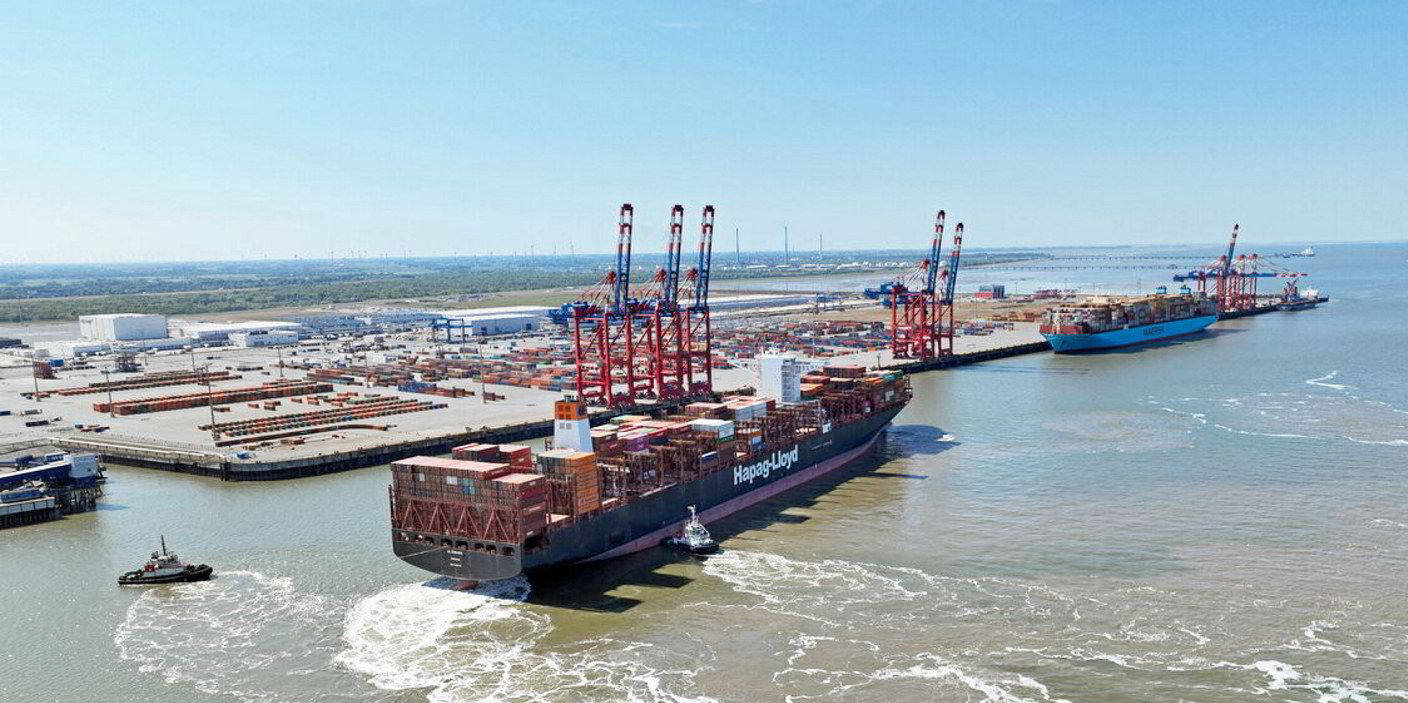Container equities have slumped and remain weighed down by muted demand prospects and sticky inflation, analysts believe.
Container stocks dropped by 11.9% in the year to 7 June, according to the Drewry Container Equity Index. Over the same period, stocks in the S&P 500 rose 11.6%.
The worst hit liner equities are loss-making liner operators Taiwan’s Wan Hai Lines and Israeli carrier Zim, whose stocks declined 27.7% and 17.5% over the year.
Even well-cushioned stocks like Hapag-Lloyd dipped 4.5% in the period, as investors collected huge dividends.
However, the market capitalization of the German carrier has slumped from $57.6bn on 1 April to $35.09bn this week, according to CompaniesMarketcap.
The fall in value reflects expectations of lower liner profits for the full year, say analysts.
Carriers’ forecasts of profitability this year have been premised on expectations of market conditions improving on the back of increased demand, according to Ankush Kathuria, lead analyst Drewry Maritime Financial Research.
The positive expectation stemmed from inventory restocking by major retailers and positive seasonality in the third quarter.
“However, it seems far from materializing as inventory continues moving slowly and retailers focus on depleting the existing stock,” the Drewry analyst noted.
Zim has seen its market capitalization drop to $1.56bn this week, down from a peak of over $10bn in 19 March 2022.
Wan Hai’s has fallen from $25.54bn in June 2022, down to $5.54bn this week.
Transpacific exit
The weak container market has led another liner operator to pull out of the Asia to US trade.
China United Lines (CU Lines) is suspending its China California service which had operated with several small vessels of 1,700 to 2,500 teu.
The move comes just weeks after US operator Pasha ended a transpacific loop that it operated on behalf of wholesaler Costco.
The move follows the inability of liner operators to push up spot rates.

Lines had earlier this month pushed through a rate increase that lifted rates from Asia to US West Coast to over $1,500 per forty-foot equivalent unit (feu).
But this week freight rates dropped back to $1,224 per feu, suggesting that lines may need to take more drastic action to lift revenues.
“Carriers need to reduce their capacity deployed to stop the rate collapse, but their options are severely limited with the influx of new tonnage gathering pace,” said analyst Linerlytica.
Feel the heat
The weak market has hit the top line of several liner operators and there is “no sign of any inflexion point” being reached in the upcoming quarters, Drewry said.
Container profits have been supported by the tailwinds of 2022 contracts, it added.
“As the last or these contracts expired in May, we will see a sharp dip in profitability from hereon,” Drewry said.
Carriers operating with low contract coverage will see losses earlier than those transporting volumes under term contracts.
“However as contract rates trend to spot levels in due time all players will feel the heat.”
This will “be exacerbated by a delay in inventory restocking translating to a very short positive seasonal effect,” the analyst concluded.





